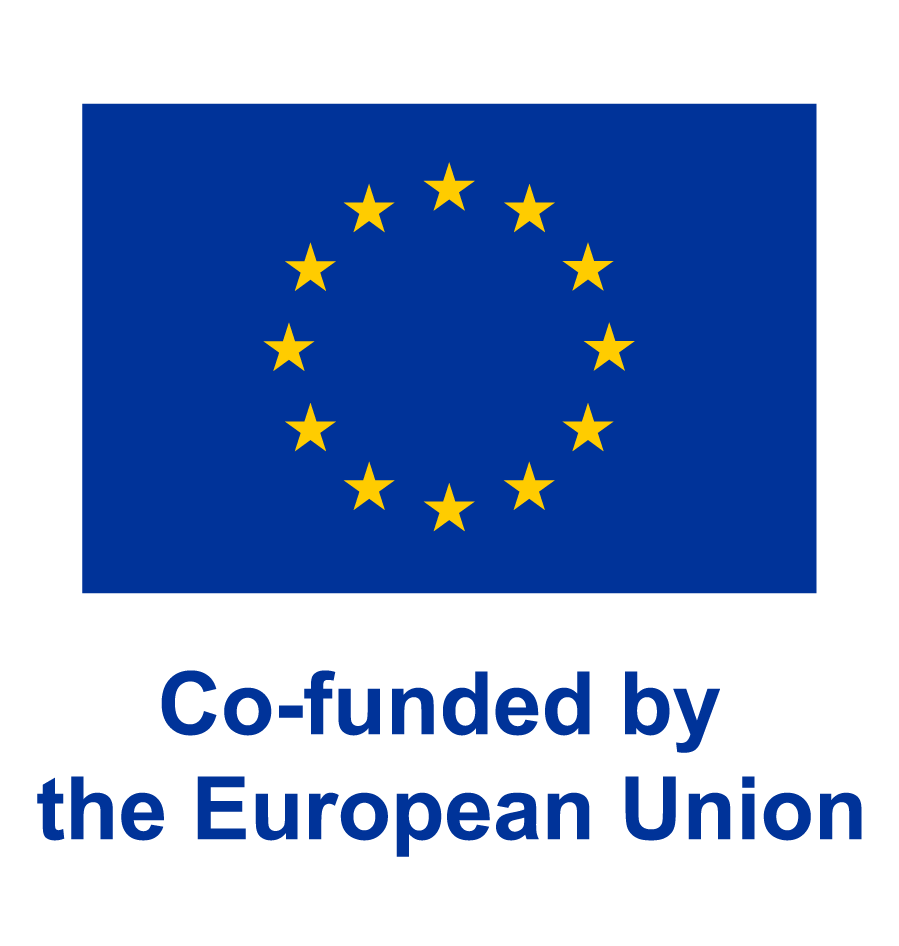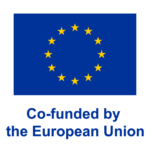Definition
Student-centered assessment is not just about measuring knowledge—it is about identifying learning gaps, fostering self-reflection, and improving learning processes.
Key principles
Assessment should be meaningful and empowering—it should provide students with constructive feedback to improve their learning process.
Key aspects of effective feedback
Encourages self-reflection – Students identify their strengths and weaknesses.
Engages students in dialogue – Feedback should be a two-way process.
Aligns with learning objectives – Assessment should measure what truly matters.
Fosters a safe learning environment – Feedback should motivate, not discourage.
Downloadable material
Self-assessment empowers students by encouraging them to take ownership of their learning. It helps them:
How to apply self-assessment?
Pre- and post-learning reflections to track progress.
Self-review checklists before submitting assignments.
Self-regulation strategies to enhance study habits.
Peer-assessment enables students to learn from each other and build critical thinking skills. It involves:
How to apply peer-assessment?
Group Work & Peer Ratings – Students assess each other’s contributions in team projects.
Peer Review in Assignments – Structured evaluation based on predefined criteria.
Peer Feedback on Presentations – Immediate audience-based insights for improvement.

